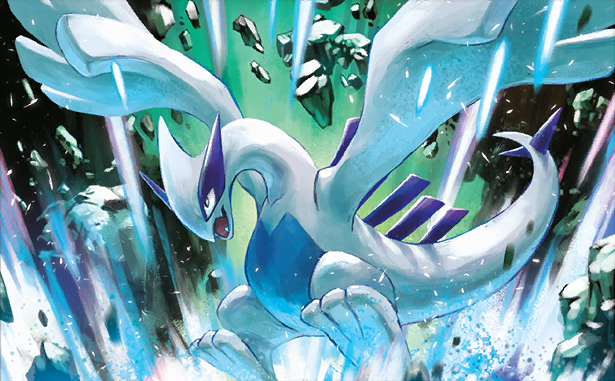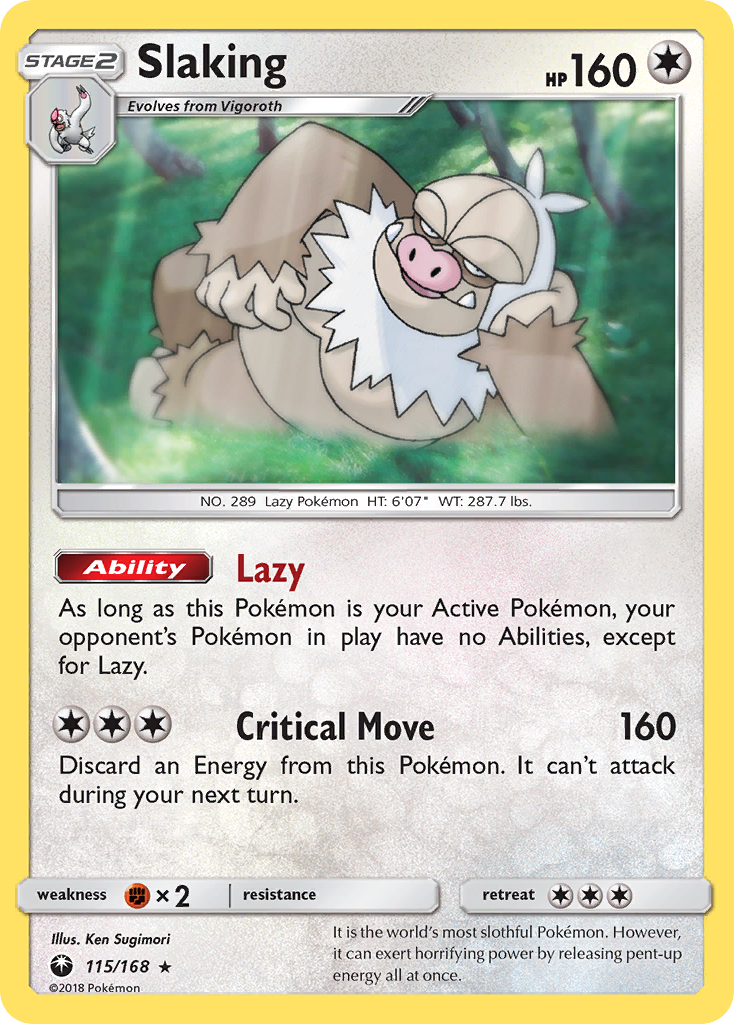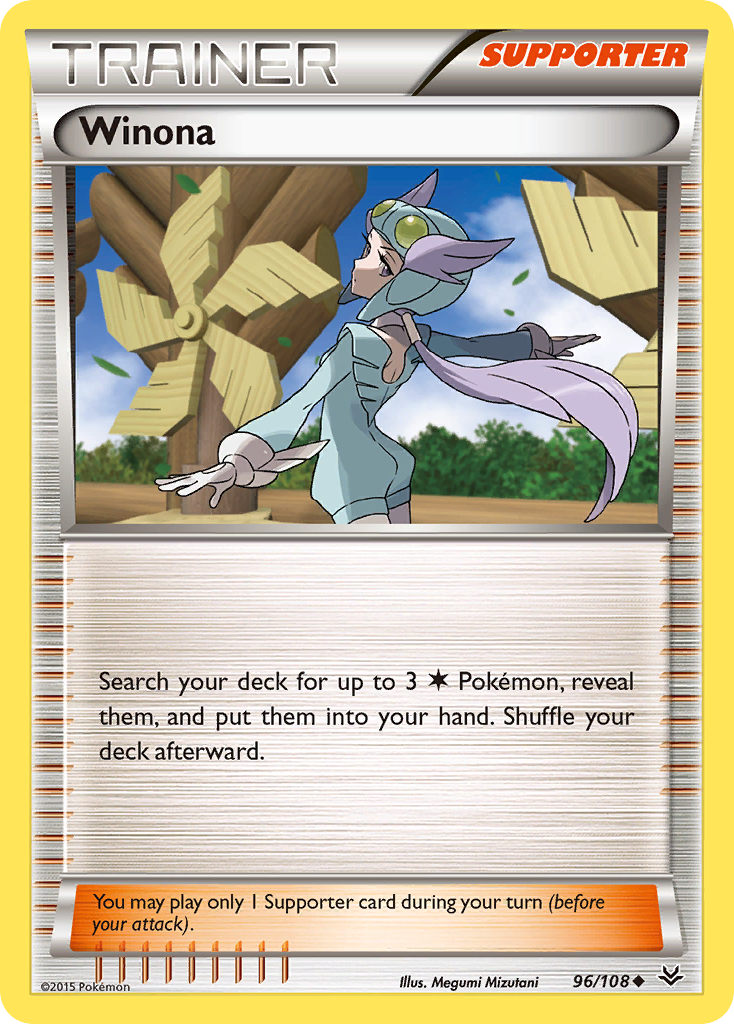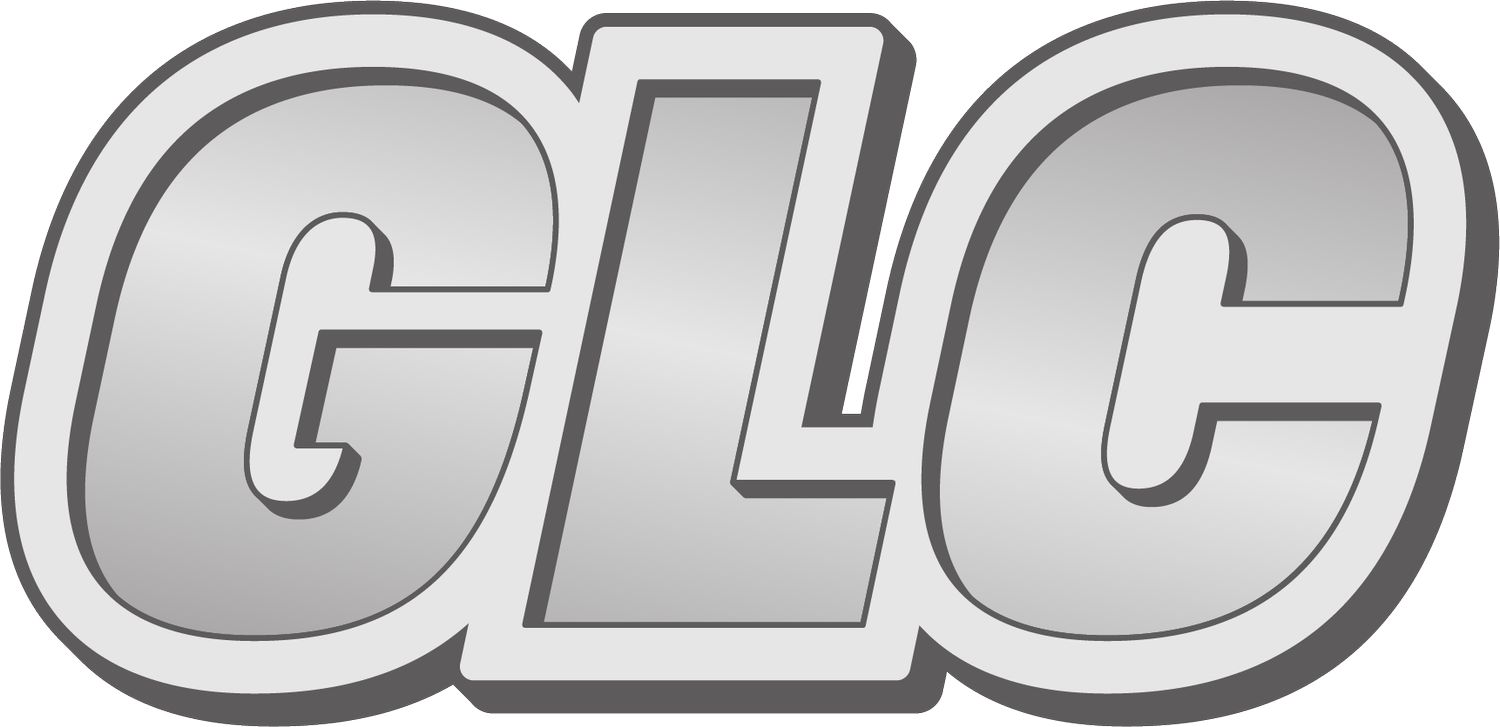Cracking the Crazy Code with Colorless

Hello, I’m Tankmin! You’ve probably seen me in the Tricky Gym Twitch chat backseat gaming as Tankmin817 or on the PTCGO ladder as Tankmin. I’ve been incredibly excited about this format and have been working really hard on my attacking Colorless deck since its announcement. You may be asking yourself, “why would someone play an attacking Colorless deck when there are so many control options?” Well, I was asking myself that question too when I started building this deck several months ago, and I found the answers pretty quickly.
Special Energy

Playing a Colorless deck means that you can use any kind of energy you want to power up your attackers. That means you can reap the benefits of Special Energy without any of the energy type drawbacks. So in my list I put every Special Energy I could find that had a usable effect. The most obvious energies to use are Double Colorless Energy, Twin Energy, and Counter Energy. Each of them can be used to skip ahead on an attachment and hit for big numbers quickly. These tend to be the ideal targets for recovering with Special Charge as well.
This deck also has access to Capture Energy, Powerful Colorless Energy, Warp Energy, and Weakness Guard Energy. Each of these cards provides not only an Energy but also the effect of an Item card: Nest Ball, Muscle Band, Switch, and Weakness Policy, respectively. So they hold a lot of value for one deck space each while also helping you attach Energy every turn.

Draw Energy and Lucky Energy help you draw through your deck. Recycle Energy is obviously great for attackers who discard Energy, like Slaking and Tornadus, but if you have Porygon-Z set up it helps you pivot as well. For instance, if you have Porygon-Z on your Bench and Recycle Energy in your hand, you should always promote a 1-retreat cost Pokémon when your Pokémon gets knocked out, even if you have a Float Stone in play. That way, you can attach the Recycle Energy to the 1-retreat Pokémon, play a draw Supporter to find the optimal attacker, then hard retreat to get the Recycle Energy back to attach to your attacker.
Triple Acceleration Energy is a powerful option to have when your Porygon-Z isn’t yet set up, but it can also be a hindrance in the early game when you’re trying to attack with big basics. Even some of the less notable Energy cards can come in handy sometimes. For instance, Memory Energy can be used on Slaking to access Vigoroth’s Slash attack to knock out something small without the penalties of Critical Move.
Support Pokémon

Porygon-Z is fantastic! It is the single most important element of an attacking Colorless deck. So if you prize a piece, you should try to set up your draw Pokémon and find Town Map as soon as possible. Most other decks that have Pokémon that accelerate energy from your hand can actually struggle to find enough Energy, but the high number of cards this deck draws, along with high number of Energy, means you’ll be able to find plenty.

Colorless can probably draw more cards every turn consistently than any other deck type in the format. It has access to both Cinccino and Pidgeotto. This means that your board can let you draw up to 3 cards every single turn without even playing a Supporter! Obviously you won’t set that up every game, but it means that whatever your Colorless deck does, it will do it consistently. When most of my games with this deck end, there are only around 5 cards left in the Deck. At that point, you just need to come up with a game plan to take your final Prizes, and your opponent won’t have many options to stop you.
Attackers

Snorlax is huge. It’s your ideal Pokémon to have in the Active Spot at the start of the game because it can soak hits, it can draw cards with Collect, and you can build up Energy for its main attack, Collapse, since you are attaching Energy for Collect anyway. Most of the Basic Colorless attackers that hit for 120 damage lose Energy, so Snorlax RCL is your best option for attacking before you can accelerate Energy with Porygon-Z. I have considered other Snorlax cards, but this one is the best. Unlike the Snorlax from Vivid Voltage, this one always draws you cards regardless of hand size. It also can attack for more damage with less Energy, and it has more HP. And unlike the Single Strike SWSH Promo Snorlax, this one doesn’t damage itself when it attacks. Instead, you let your opponent figure out how to do 150 damage. The only downside, of course, is that when it uses Collapse it falls asleep. But considering that it will wake up by your next turn 75% of the time, it’s usually worth it.

I always thought Aerodactyl TEU was an awesome and hilarious card, and I was sad it was never viable in official formats (even though AeroPod tried). But in GLC it finally has a chance to shine! Aerodactyl is hard to set up, but in this format it always does 180 damage for 3 energy. This, with the help of Muscle Band or Powerful Colorless Energy, is your Wailord slayer. For the cost of a Triple Acceleration Energy, it can knock out almost anything in the format.
Kangaskhan DAA is your emergency attacker. Rally Back attacks are strong in GLC, but only Kangaskan’s Rally Back can be used for a Double Colorless Energy or Twin Energy. It is your second best early game attacker since it doesn’t discard energy while attacking. You want to try to get this onto your Bench in case your opponent gets a knockout before Porygon-Z is online.

Tornadus VIV is here to take advantage of Speeding Skystrike GX, the crazy attack provided by Flyinium-Z: Air Slash. But it can also do 30 damage for one Energy, which can sometimes be stacked with damage modifiers to donk your opponent. Jet Draft also discards a Special Energy from your opponent's Active Pokémon, which is incredibly helpful for certain situations like slowing down a Guzzlord or Amazing Rare Raikou.
Lugia VIV is featured in the last theme deck ever released. And it’s not even very good in that theme deck. But in GLC, it’s really strong. Lugia is one of three attackers in this deck that lose energy when attacking. Thankfully, Energy Loop allows you to conserve your Energy cards, and as long as Porygon-Z is on your bench, this effect is actually a benefit! It often can keep a Double Colorless Energy or Twin Energy safe in your hand for multiple turns, which means you can pass it onto Kangaskhan whenever Lugia gets knocked out. Additionally, it can allow you to use the effects of Capture Energy or Draw Energy multiple times in a game.

Slaking is the final boss of this deck. It can be hard to set up and having a second Stage 2 slows down the deck, but when you get it built, it’s incredible. It basically allows you to chain Hex Maniac over and over, something most other decks rarely get to do. If you can get Slaking evolved up quickly, or on a turn when your opponent doesn’t have a second attacker set up on the bench, most decks will choke. It punishes decks for being too reliant on abilities, something many decks in GLC format need to function. You may want to note, Slaking is the ideal target for Float Stone, Recycle Energy, and Memory Energy. So plan accordingly.
Typing
While Colorless doesn’t usually get to hit for Weakness, it’s not getting resisted either. This means your attacks will usually be hitting for full damage. It also doesn’t have to worry about Weakness as much as most decks, and not just because of Weakness Guard Energy. In my experience, the Lightning Weaknesses don’t matter too much. If you start Lugia or Tornadus at the beginning of the game, your opponent’s early game attacker, Zapdos, doesn’t even hit for Weakness. And Lightning has a really hard time dealing with Snorlax, Khangaskhan, and Slaking. So overall I’d say it’s a pretty close matchup depending on what’s prized.

The Fighting vs. Colorless matchup is incredibly unique in that this deck has Pokémon that are weak and other Pokémon that are resistant to Fighting. As far as the Fighting type matchup goes, your ideal attackers are Lugia, Tornadus, and Aerodactyl. Usually Fighting attackers hit for between 120-130 damage. So they are almost always forced to two hit knockout our Pokémon with Resistance to Fighting. In my experience, the Resistance means that Colorless is actually favored in this matchup.
Notable Trainer Cards
Town Map is a card that quickly finds its way into most of my GLC decks. In this deck, Town Map’s value is incredibly high when you prize a piece of your Porygon line. Most of the time you will be relying on it to find a missing Porygon, but it can help you grab as much Energy out of your Prizes as possible as well. Personally, I prefer this over Gladion because you can play it and a draw Supporter in the same turn, and you can also find and it with Teammates and use it on the same turn.

Colorless gets access to Winona, which is always an incredible card to draw because it can find you any 3 Pokémon in this deck. No other type has a type-specific Supporter card this powerful. Usually, I use it to get some combination like Pidgey, Porygon, and Porygon2, but it can also evolve up to 3 Pokémon at once or act as a second Brigette. Normally I wouldn’t play Ball Guy, Winona, and Brigette in the same deck since they don’t help you draw cards, but in Colorless, setting up your Pokémon will draw you cards anyway.
Teammates allows you to guarantee plays that you’d normally have to attempt to get with a draw Supporter. For instance, if you need more damage it can be used to guarantee a Muscle Band and a Powerful Colorless Energy to boost damage by 40. Or it can be used to grab Kangaskhan and DCE to deal with your opponent’s threat quickly.
Summary
This deck really captures the essence of GLC with its wide variety of 60 cards. And when this Colorless deck fully sets up, it has what I believe to be one of the strongest boards in the entire format. You get to accelerate Energy, play Energy with powerful effects, draw 3 cards each turn, ability lock your opponent, hit for massive damage, and even GX attack for invincibility. This is my favorite deck in GLC so far, and I appreciate your taking the time to read about it.
[expander_maker id="2" more="View Decklist" less="Hide Decklist"]##Pokémon - 15* 1 Kangaskhan DAA 133* 1 Lugia DAA 140* 1 Minccino NXD 84* 1 Pidgey TEU 121* 1 Porygon UNB 155* 1 Slakoth UNM 167* 1 Snorlax RCL 141* 1 Tornadus VIV 142* 1 Aerodactyl TEU 130* 1 Cinccino SSH 147* 1 Pidgeotto TEU 123* 1 Porygon2 CRE 117* 1 Vigoroth UNM 169* 1 Porygon-Z UNB 157* 1 Slaking CES 115##Trainer Cards - 32* 1 N FCO 105* 1 Marnie SSH 169* 1 Professor Juniper PLF 116* 1 Rescue Stretcher GRI 130* 1 Evolution Incense SSH 163* 1 Flyinium Z: Air Slash UNM 195* 1 Timer Ball SUM 134* 1 Unidentified Fossil TEU 155* 1 Boss's Orders RCL 154* 1 Tate & Liza CES 148* 1 Chaotic Swell CEC 187* 1 Bird Keeper DAA 159* 1 Ultra Ball SUM 135* 1 Nest Ball SUM 123* 1 Quick Ball SSH 179* 1 Brigette BKT 134* 1 Evosoda XY 116* 1 Rare Candy SSH 180* 1 Cynthia UPR 119* 1 Teammates PRC 141* 1 Special Charge STS 105* 1 Field Blower GRI 125* 1 Guzma BUS 115* 1 Colress PLS 118* 1 Fighting Fury Belt BKP 99* 1 Winona ROS 96* 1 Float Stone PLF 99* 1 Town Map BCR 136* 1 Ball Guy SHF 65* 1 Muscle Band XY 121* 1 VS Seeker PHF 109* 1 Level Ball NXD 89##Energy - 13* 1 Recycle Energy UNM 212* 1 Capture Energy DAA 201* 1 Counter Energy CIN 100* 1 Memory Energy LOT 194* 1 Twin Energy RCL 174* 1 Draw Energy CEC 209* 1 Triple Acceleration Energy UNB 190* 1 Warp Energy SLG 70* 1 Lucky Energy CRE 158* 1 Powerful {C} Energy DAA 176* 1 Weakness Guard Energy UNM 213* 1 Treasure Energy EVS 165* 1 Double Colorless Energy XY 130[/expander_maker]

